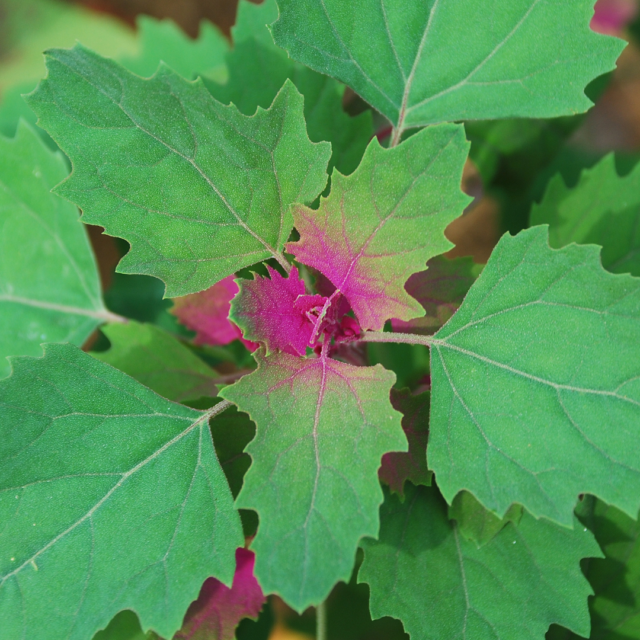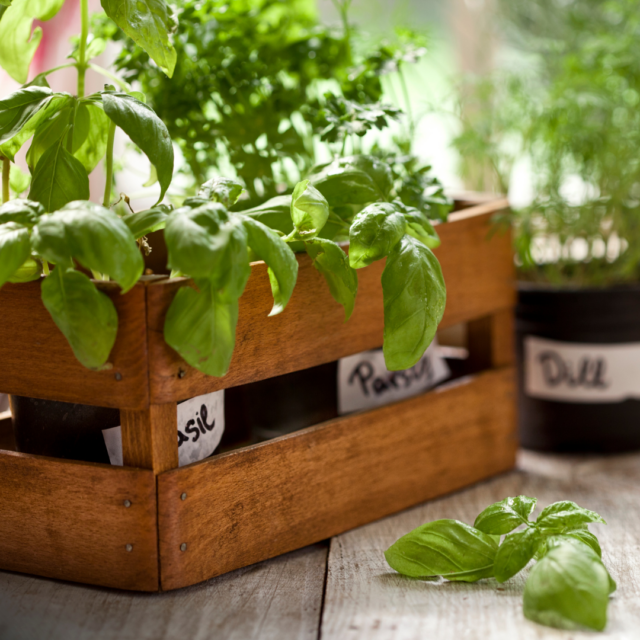Growing veggies in a windy garden can be particularly tricky as wind is one of the most destructive elements when it comes to your delicate plants. In this article we explore ways or reducing the effects of this pesky element.
Windbreaks
The best way to protect your garden is to create windbreaks, and you can do this by planting ‘living windbreaks’ or simply introducing some artificial measures to buffer that beastly breeze.
Somewhat counter-intuitively, windbreaks that let some wind through are more effective so we choose materials that slow the wind down rather than attempting to block it completely such as a mesh, hedge or trellis with air gaps.
You really can get imaginative, as long as the material is secure and has around 50% permeability (equal holes to mesh/material) then you’re free to get creative!
Living vs artificial
Artificial windbreaks are almost instant and provide immediate protection, they can be created from re-used materials and are cheap to install. They are also movable and non-permanent. On the downside they can be less attractive and are often made from plastic or other non environmentally friendly materials.
Living windbreaks are attractive, provide habitat for important wildlife and they generally tend to be a more effective permanent solution. The downside is that they take time to establish and are not so easy to move once they are in place.
Living windbreaks
A living windbreak is a line of shrubs or trees (or a hedge) planted to disrupt the wind and form a protective barrier to shelter your garden. According to the RHS, good varieties of plant include:
- Elaeagnus × ebbingei
- Hawthorn
- Italian alder
- Sea buckthorn
- Small-leafed lime
Another lovely idea is to create a woven living willow hedge. You’ll want to order the young hedging plants or ‘whips’ in winter and plant them before the end of March. The whips will need protecting with tree guards and a bamboo pole so that they don’t get nibbled by passing wildlife.
Artificial windbreaks
You can create artificial windbreaks out of many different materials. You can purchase ‘out of the box’ windbreak material that can be attached to wooden or metal stakes. This is often made of woven plastic mesh. You can also purchase woven willow windbreaks that have integral posts that can be hammered into the ground. Alternatively, it can be a fun creative idea to make your own willow or hazel windbreaks.
Another idea is to create a permeable fence using pallets which are often free to collect via local Facebook groups or advertising sites, and fence posts which you can get from your local building merchant.







